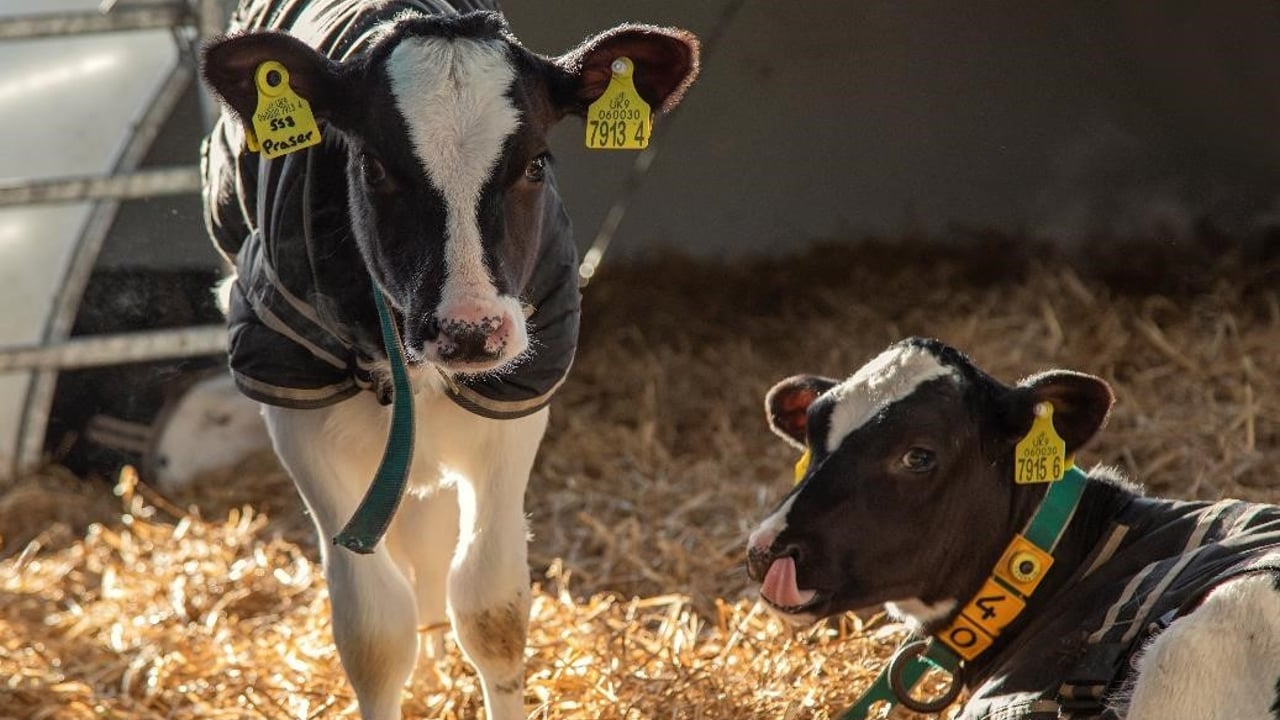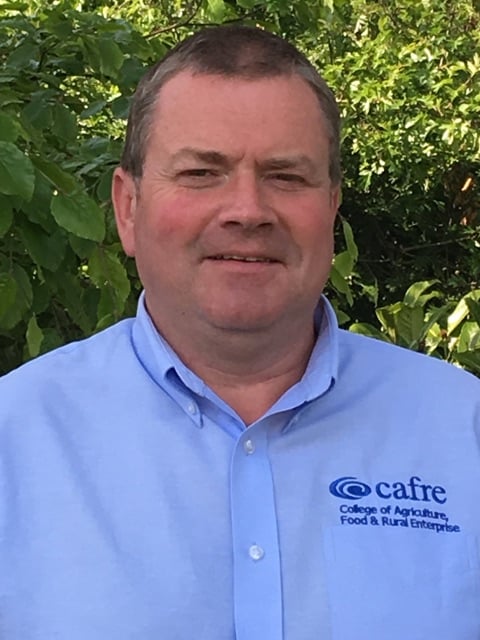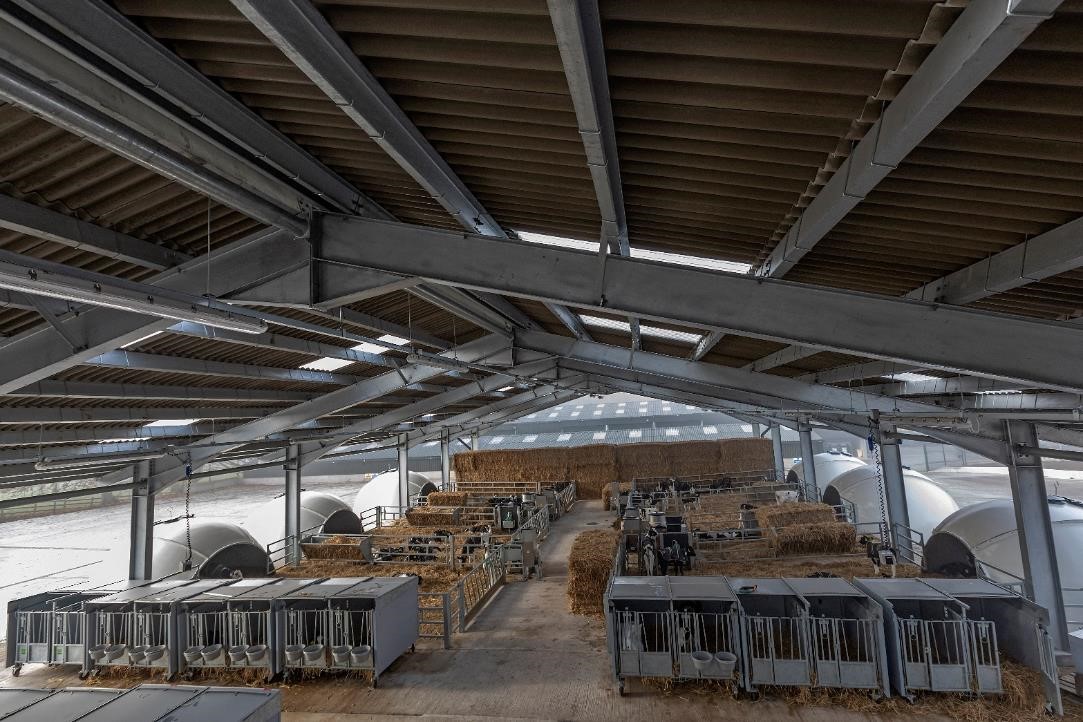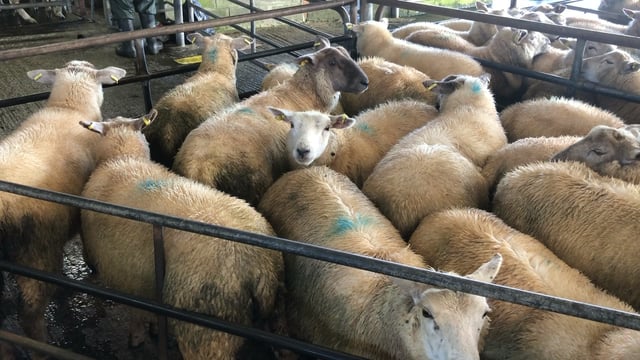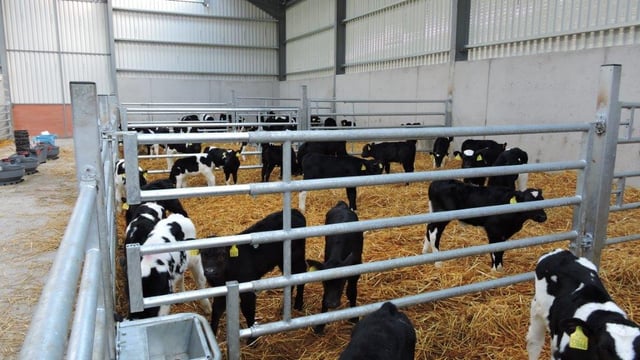DAERA and CAFRE advise on how to efficiently house calves
The Department of Agriculture, Environment and Rural Affairs (DAERA) has highlighted the "crucial role in rearing" that calf housing maintains, with the College of Agriculture, Food and Rural Enterprise (CAFRE) offering advice to farmers on how to best house their calves.
Dairying development advisor at CAFRE, Trevor Alcorn, has said that calves were traditionally housed in old or redundant buildings on farms traditionally.
However, he said, with herd size increasing and less availability of labour, many dairy farms have renewed, or are in the process of renewing, calf housing.
Alcorn urged farmers to explore the variety of options available depending on their farm's specific requirements.
He said all calf housing should meet the basic requirements of being clean and cleanable, dry with excess moisture continually removed, and draught free.
Alcorn also provided more detailed advice on how to keep calf housing at its most efficient and fit for purpose.
Good hygiene for young calves, Alcorn said, is essential as their immune system is not fully developed.
Approximately half of calf deaths are due to poor hygiene, according to the development adviser.
Alcorn urged farmers to consider all-in or all-out systems with all materials easily cleaned and not porous and consider the milk preparation/cleaning/drying areas.
Alcorn insisted that all calves should have a dry bed "at all times". "Increased moisture or dampness will have an adverse effect on calf health and performance," he said.
He advised that applying a 1 in 20 slope in straw-bedded pens will help improve drainage, and drainage channels should be inserted to collect run-off.
"Always ensure calves are well bedded - apply the knee test - that is, if you can kneel on the pen floor and not get wet knees then there is sufficient bedding," he said.
Ventilation is important, Alcorn said, as it ensures that viruses die as soon as possible and it reduces the amount of bugs and ammonia in the shed.
"The inlet area should be two to four times greater than the outlet area to ensure air movement," he said.
"Yorkshire cladding and raised/ventilated ridge are normally used. Aim for airspeed of 0.15-0.30m/second and relative humidity of <80%.
"If it is possible, site the building on the windward side of the farm where it is getting the cleanest of air."
Alcorn said that calves kept on an individual basis, in pens or hutches, must be allowed direct visual and tactile contact with other calves.
They must also have sufficient space to stand up, lie down, turn around, stretch and groom, he said.
Alcorn listed the space requirements for individual calf pens as 1m x 1.5m for those under 60kg, and 1m x 1.8m for those between 60-80kg.
His space requirements for group housing of calves were:
Alcorn said the calf housing techniques in CAFRE's Greenmount Dairy Centre were recently strengthened by the construction of an open-sided apex building with the use of calf igloos.
The design allowed for six igloos, 40 individual calf pens, two automatic calf feeders with six feed stations, a straw storage area, milk preparation room, storeroom and isolation area for sick calves.
Alcorn said the Greenmount design allows for unrestricted airflow, minimising of disease resistance, giving calves choice of an igloo or bedded pen and individual pens which have solid sides/cover to reduce draughts.
"There is no best fit solution for calf accommodation. It will depend on what works best for each farm and what the circumstances are," Alcorn said.
"They also tend to offer housing for smaller groups of calves independently, whilst allowing for easy expansion.”

